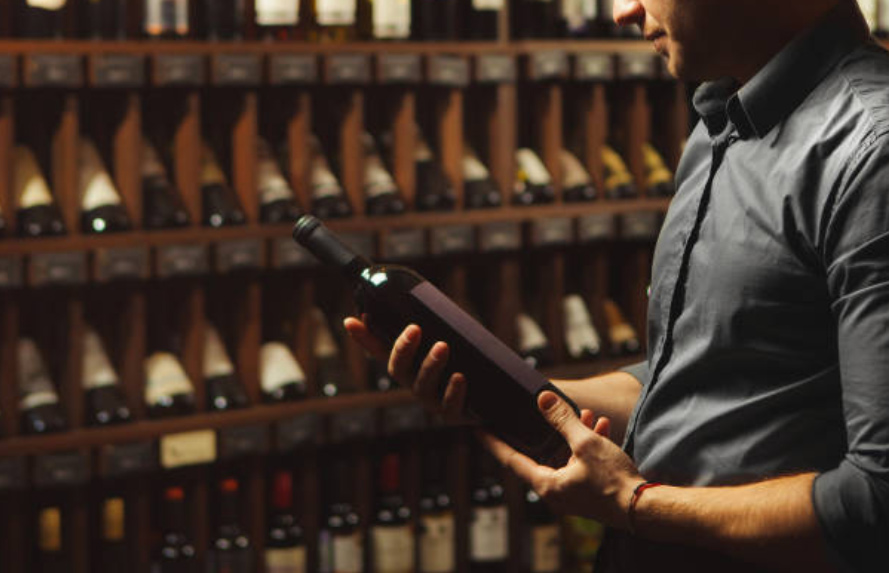Selling through the distribution channel can be more complicated and costly than you might expect. Lately, I have been working with a few clients where this is true. Up until recently, they’d been selling all of their production direct to consumer or trade. Now, their production level is such that selling it all direct has become unrealistic. So, they’ve decided to seek distribution for their wines.
When I compared their suggested retail price and their cost of goods, and factored in their selling costs, and a positive return on investment, I found that the owners may not have fully considered all the costs of doing business with a distributor.
First, there is a significant up-front cost to getting a target distributor to agree to take on a brand such as travel to meet with them and the cost of shipping samples, etc.
Once a distributor decides to list a wine in its already crowded portfolio, the best distributors will require additional financial support to help the brand capture the attention of their sales team and their customers.
As we know, all costs have increased Post Pandemic and distributors are requiring higher margins from the wines they sell. Today, they run 28% to 35%, which is an increase of 3% to 8%. An easy rule of thumb is that the smaller the distributor, the more the margin they require.
Another consideration is the spike in transportation costs. A case of wine that ships from the winery has increased from an average of $5 to $10+.
In addition to these initial costs, there are additional expenses that need to be factored into the selling price:
Launching the relationship: Getting the distributor to list a wine is only the beginning. Then the real work begins – introducing it to the sales team. Building a good relationship with the sales team is essential, and this is the first and best opportunity to make an impression. If they don’t know the wine, or it doesn’t have a high score in the major scoring publications, it makes their jobs harder. So, the expense of getting everybody on board needs to be factored into the wine’s price.
Don’t forget samples: Once upon a time, most distributors picked up the expense of paying for samples. Not anymore. Good distributors have really clamped down on this expense, as this cost can get out of control if not managed correctly. Distributors are now requiring that wineries pay for most of the samples. The launch period mentioned above will be the time when the samples expense will be greatest. In addition, when a winery schedules in-market time, the distributor will generally charge 100% for samples used during the visit.
Today, some distributors prefer to negotiate that a small percentage of each invoice be deducted to account for samples. It is generally true that a winery can negotiate a lower percentage over the duration of the partnership. Some distributors will ask a winery to ship “no-charge” cases along with the paid cases to be used for samples and promotions.
Product discounts: Most distributors are willing to lower their overall margins to discount a wine to achieve a “hot” price point. They will, however, want the producer to pay for most of that discount. Many distributors have minimum thresholds that they will not go beneath, so this needs to be factored into the overall costs.
Giving Incentives: Distributors want you to pay 100% for all incentives. In some cases, a winery may be able to negotiate that the distributor takes responsibility for minor expenses associated with the incentive. I have very strong feelings about the impact of incentives but will save that for another post.
Event participation: Distributors will typically ask a winery to pay 100% of all costs associated with trade shows, special events, wine dinners, retail tastings, etc. Many wineries will feel compelled to pay for a table at a trade tasting because they want to show their commitment. This is a good practice but must be considered in terms of overall costs.
Wine returns: This is a hidden cost that many wineries don’t consider. In their mind, once the wine leaves their facility, it’s as good as sold. Not so. Sometimes the wines come back damaged or out of condition. If anyone drops a wine while presenting or packing it in a warehouse, there is a good chance that the distributor will ask the producer to pay for it. If a trade account returns it to the distributor because he believes that the wine is flawed, they will ask the winery to pay for it. Thankfully, this has become less and less common, and we see less of this happening lately.
I’ve touched on some of the hidden expenses involved in selling a wine through distribution, but there may be others. It is important that anyone trying to build relationships with distributors consider all the additional costs and do their best in negotiating a good partnership. It’s the only way to build a sustainable sales channel.
About Palmateer Consulting LLC
Palmateer Consulting LLC provides innovative and comprehensive operational, distribution and marketing strategies to domestic and international wineries and to wine regions. We couple creative excellence and business acumen with more than 35 years of wine industry experience in distribution, marketing and sales.



